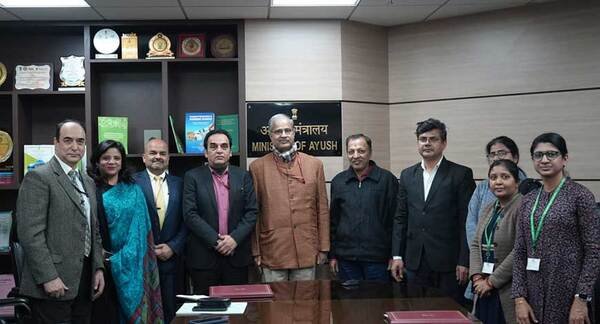The Asia Pacific region has long been a popular destination for travelers from around the world, thanks to its diverse cultures, stunning landscapes, and vibrant cities. In recent years, tourism in the region has been booming, with millions of visitors flocking to destinations like Thailand, Japan, and Australia.
One of the key factors driving this growth has been the easing of visa restrictions in many countries across Asia Pacific. Governments in the region have recognized the economic benefits of tourism and have been making it easier for travelers to visit by streamlining visa processes and implementing visa-free policies for certain nationalities.
For example, countries like Thailand and Vietnam have introduced e-visas or visa-on-arrival services, making it much simpler for tourists to obtain the necessary documentation to enter the country. This has led to a significant increase in the number of visitors to these destinations, boosting their tourism industries and stimulating economic growth.
In addition to visa easing, the region has also seen a significant increase in the number of flights connecting major cities across Asia Pacific. Low-cost carriers like AirAsia and Jetstar have expanded their routes, making it more affordable for travelers to fly between countries in the region. This has opened up new opportunities for travelers to explore multiple destinations in a single trip, further fueling tourism growth.
The increased connectivity and ease of travel have also led to a rise in intra-regional tourism, with more Asians choosing to travel within the region for their holidays. This has not only benefited the tourism industries of individual countries but has also promoted greater cultural exchange and understanding among the diverse nations of Asia Pacific.
Furthermore, the growth of tourism in the region has had a positive impact on the local economies, creating jobs and opportunities for small businesses in the hospitality and tourism sectors. The influx of international visitors has also helped to boost infrastructure development, with governments investing in new hotels, airports, and attractions to cater to the growing demand.
As visa restrictions continue to be relaxed and flight connectivity improves, the Asia Pacific region is expected to see further growth in tourism in the coming years. With its rich cultural heritage, natural beauty, and modern amenities, Asia Pacific is well-positioned to become a top destination for travelers from around the world. By capitalizing on these trends and continuing to invest in tourism infrastructure, countries in the region can look forward to a bright future of sustained growth and prosperity in the tourism industry.





